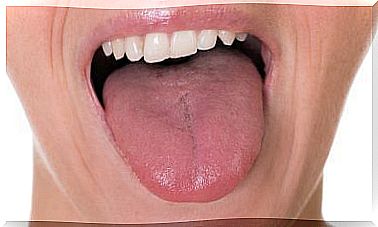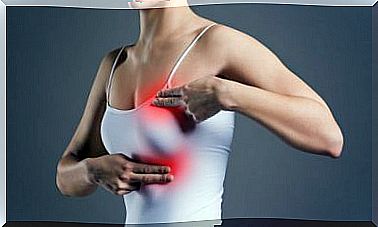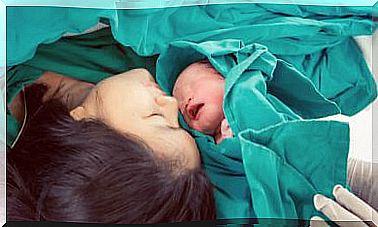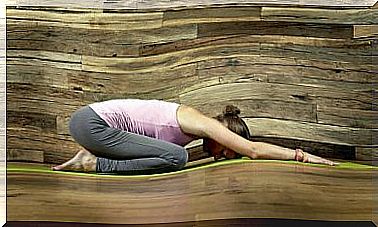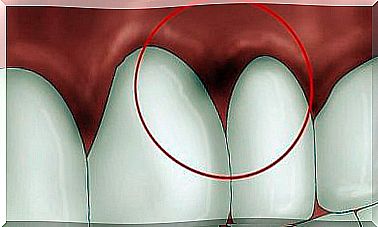Osteoarthritis Of The Hip: What Is It And What Are The Symptoms
Osteoarthritis of the hip consists of the degeneration or wear of the hyaline cartilage present at each end of a joint. This cartilage covers the joint to protect it against sliding of the joint over another as well as the damping of loads.
An imbalance due to trauma, genetic defect, and even misuse of the joint decreases the cartilage’s ability to retain water. This results in progressive wear and tear on the joint until the bones become deformed. For this reason there is pain and loss of mobility.
Causes and risk factors
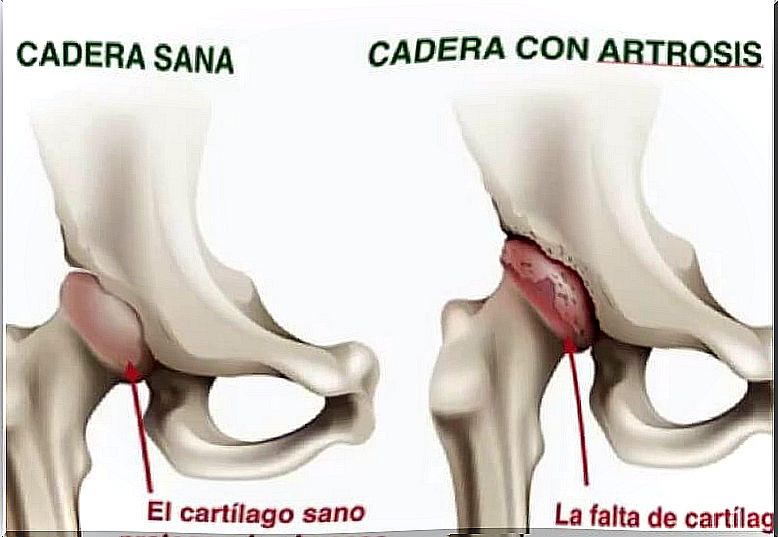
The cause of hip osteoarthritis is unknown, although there are several conditions that favor its appearance. For example, there is a genetic load. Therefore, osteoarthritis can be inherited.
The malformations of the limbs also predispose to suffer it, especially in the lower extremities, which bear weight. For this reason, being overweight or obese contributes to overloading the hips and knees, increasing the possibility of wear and tear.
Intensive sports practice can also favor the appearance of osteoarthritis, especially in the lower extremities, as well as certain trades. Trauma can also lead to early osteoarthritis, as a fracture can cause the joint to lose its proper fit.
Symptoms of hip osteoarthritis
The most important symptom is pain, which manifests itself in the groin, thigh, inner thighs, and even in the knees. The pain is usually related to activity and is relieved by rest. Although this type of pain is called “mechanical pain” and is different from inflammatory joint pain.
Inflammatory joint pain persists even at rest. Both hips may be affected, although usually only one or mainly one hurts.
Another symptom of hip osteoarthritis is loss of movement, which makes it difficult to carry out various daily activities.
Both pain and disability are progressive although the evolution is different in each person. Lameness is another symptom of hip osteoarthritis. It is accompanied by a characteristic rocking of the body if it affects both joints.
Osteoarthritis of the hip has a slow evolution over the years, depending on how active you are. Many people with the help of proper treatment, can lead a normal life.
Diagnosis
The diagnosis is made with a questioning about the symptoms and their characteristics. In addition, an examination of the hip joint, with its movements, is done. In this way, the specialist can assess the degree of osteoarthritis that exists.
An X-ray of the hip is done to confirm the diagnosis. The typical changes produced by hip osteoarthritis are observed. This makes it possible to establish a prognosis on the severity of it, depending on whether the hip is more or less worn.
There is no direct relationship between the intensity of the degeneration and that of the symptoms. However, a very worn hip can be pain free, although it will always be stiffer, and vice versa.
Treatment of hip osteoarthritis

The treatment of osteoarthritis is aimed at relieving pain and treating functional disability. For this, the doctor will prescribe some drugs to the patient.
- Analgesics: they are the most widely used medications. They reduce pain and improve joint stiffness. The most common pain reliever is acetaminophen.
- Anti-inflammatories: they are non-steroidal anti-inflammatories, they are used especially when the pain is more acute.
- Chondroprotectors: they are constituent substances of the articular cartilage and that reduce pain. This group includes glucosamine and chondroitin sulfate.
- Interarticular therapy or infiltrations : anti-inflammatory substances are administered into the joint. In most cases, glucocorticoids and more recently hyaluronic acid are infiltrated.
Additionally, he will recommend maintaining a healthy lifestyle and, if necessary, will suggest using some measures to relieve discomfort such as the application of cold compresses and physical therapy.
According to Dr. Alexandra Villa-Forte “applying cold (for example, using ice) can help relieve pain caused by joint inflammation.”
Good habits, the best support for the day to day
Adopting and maintaining good postural hygiene, avoiding joint overuse or misuse, exercising regularly, taking measures to prevent or treat obesity and wearing appropriate footwear are some of the measures most recommended by experts for the well-being of patients. with hip osteoarthritis.
It should be noted that the practice of physical exercise will have its peculiarities, depending on the patient. Therefore, he should always consult with his treating doctor.
